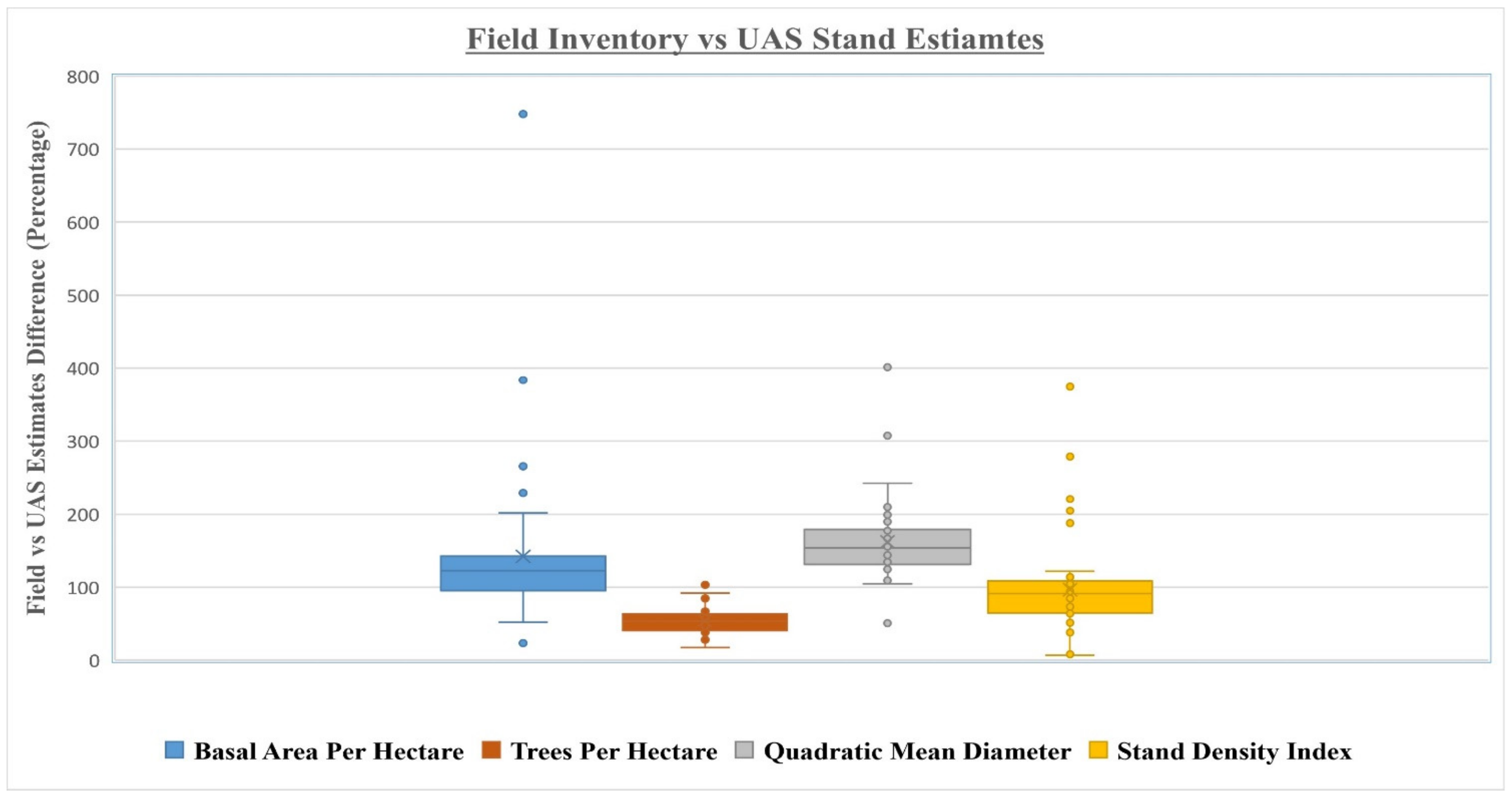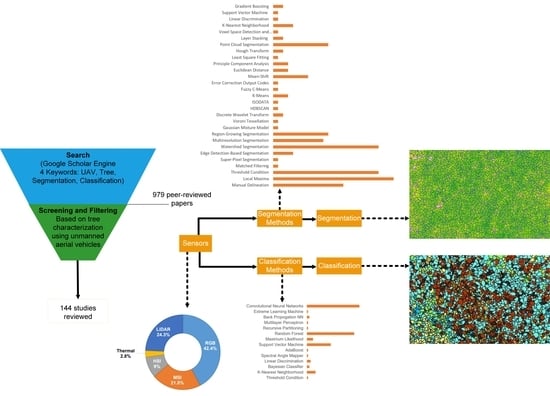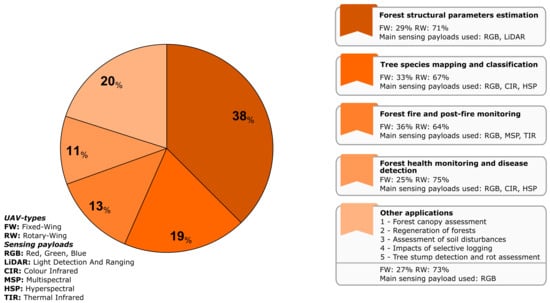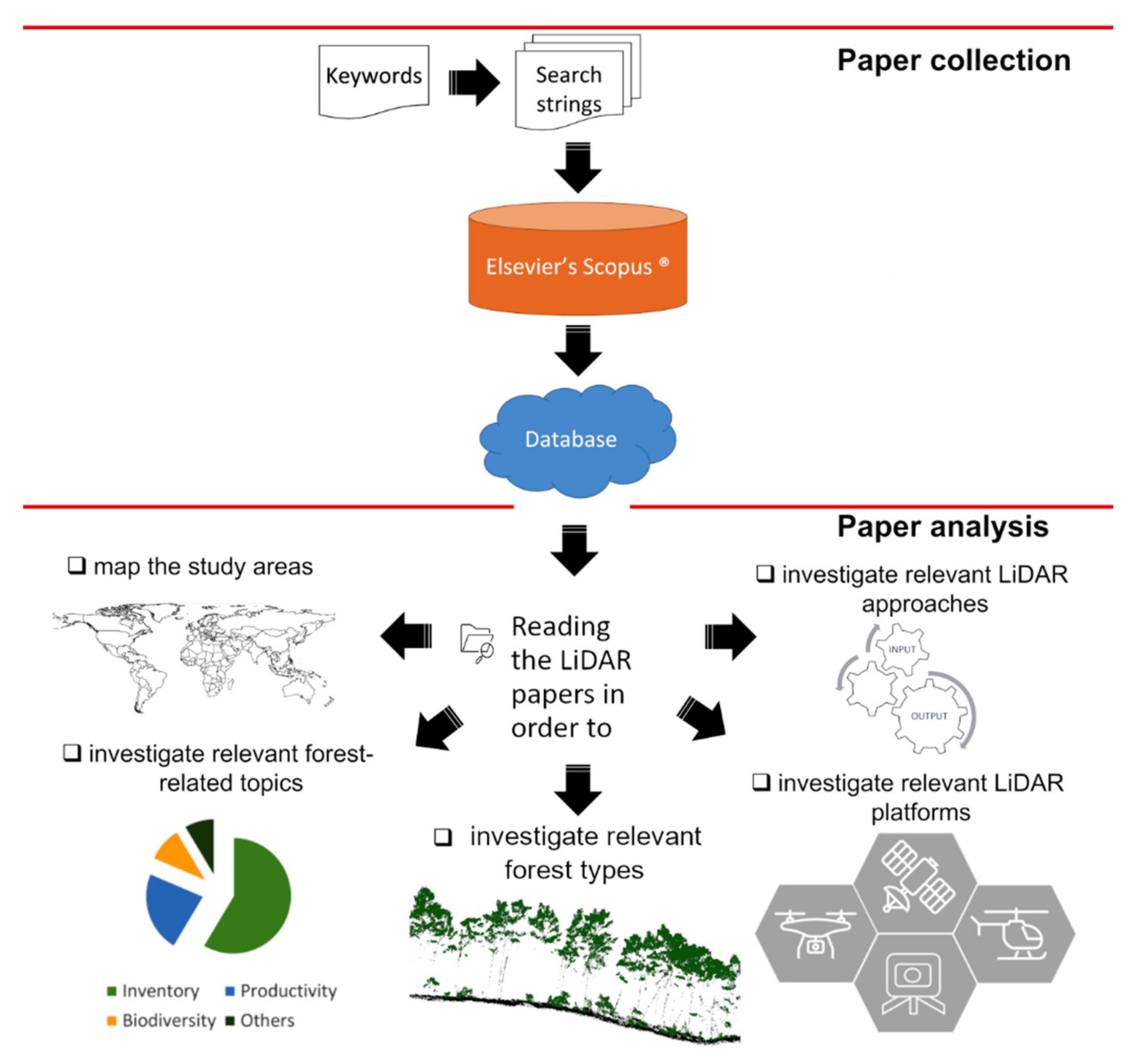Forest in situ observations using unmanned aerial vehicle as an

Background Lately, terrestrial point clouds have drawn attention as a new data source for in situ forest investigations. So far, terrestrial laser scanning (TLS) has the highest data quality among all terrestrial point cloud data in terms of geometric accuracy and level of detail (IEEE Transact Geosci Remote Sens 53: 5117–5132, 2015). The TLS point clouds processed by automated algorithms can provide certain individual tree parameters at close to required accuracy in practical applications. However, all terrestrial point clouds face a general challenge, which is the occlusions of upper tree crowns. An emerging technology called unmanned-aerial-vehicle (UAV) - borne laser scanning (ULS) potentially combines the strengths of above and under canopy surveys. Results The performance of ULS are evaluated in 22 sample plots of various forest stand conditions in a boreal forest. The forest parameter estimates are benchmarked through a comparison with state-of-the-art terrestrial mechanisms from both static terrestrial and mobile laser scanning. The results show that in easy forest stand conditions, the performance of ULS point cloud is comparable with the terrestrial solutions. Conclusions This study gives the first strict evaluation of ULS in situ observations in varied forest conditions. The study also acts as a benchmarking of available active remote sensing techniques for forest in situ mensuration. The results indicate that the current off-the-shelf ULS has an excellent tree height/tops measurement performance. Although the geometrical accuracy of the ULS data, especially at the stem parts, does not yet reach the level of other terrestrial point clouds, the unbeatable high mobility and fast data acquisition make the ULS a very attractive option in forest investigations.

A photograph showing the in situ UAV auto-flight and enlarged

Remote Sensing, Free Full-Text

PDF) Knowledge transfer through Citizen Science using the example

A comprehensive survey of research towards AI-enabled unmanned

Remote Sensing, Free Full-Text

Automated forest inventory: Analysis of high-density airborne LiDAR point clouds with 3D deep learning - ScienceDirect

Forest in situ observations using unmanned aerial vehicle as an

Remote Sensing, Free Full-Text

Forestry Remote Sensing from Unmanned Aerial Vehicles: A

Remote Sensing, Free Full-Text

Application of UAS for Monitoring of Forest Ecosystems – A Review of Experience and Knowledge

Is field-measured tree height as reliable as believed – Part II, A comparison study of tree height estimates from conventional field measurement and low-cost close-range remote sensing in a deciduous forest

Forest in situ observations using unmanned aerial vehicle as an






:max_bytes(150000):strip_icc()/Health-Stocksy_txpf9d4651dkgn300_Medium_5544694-34497e6dd5784e7f80b70dd75076d4c0.jpg)


